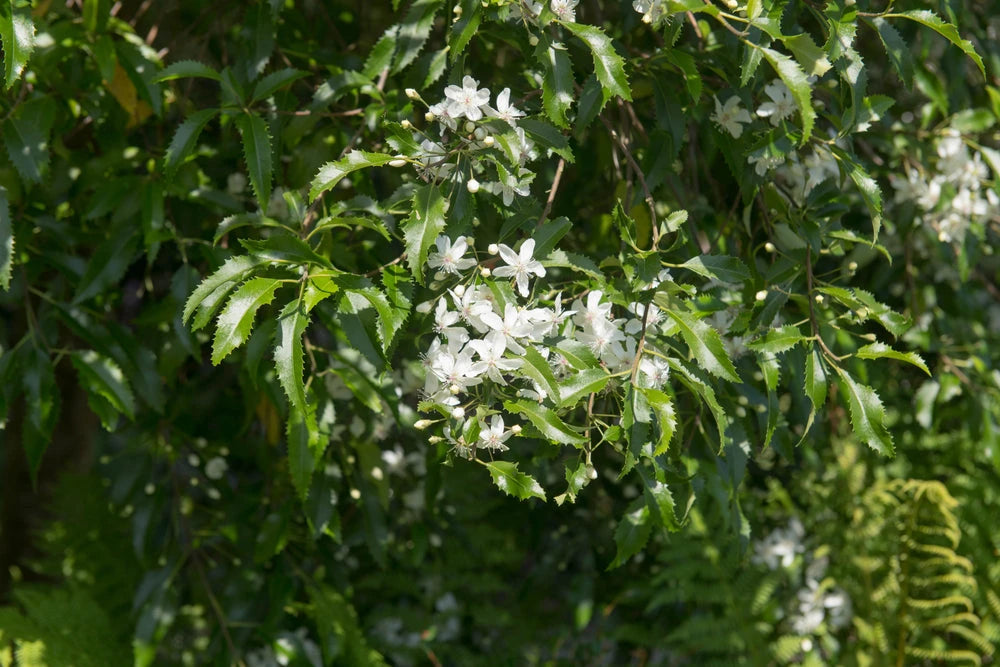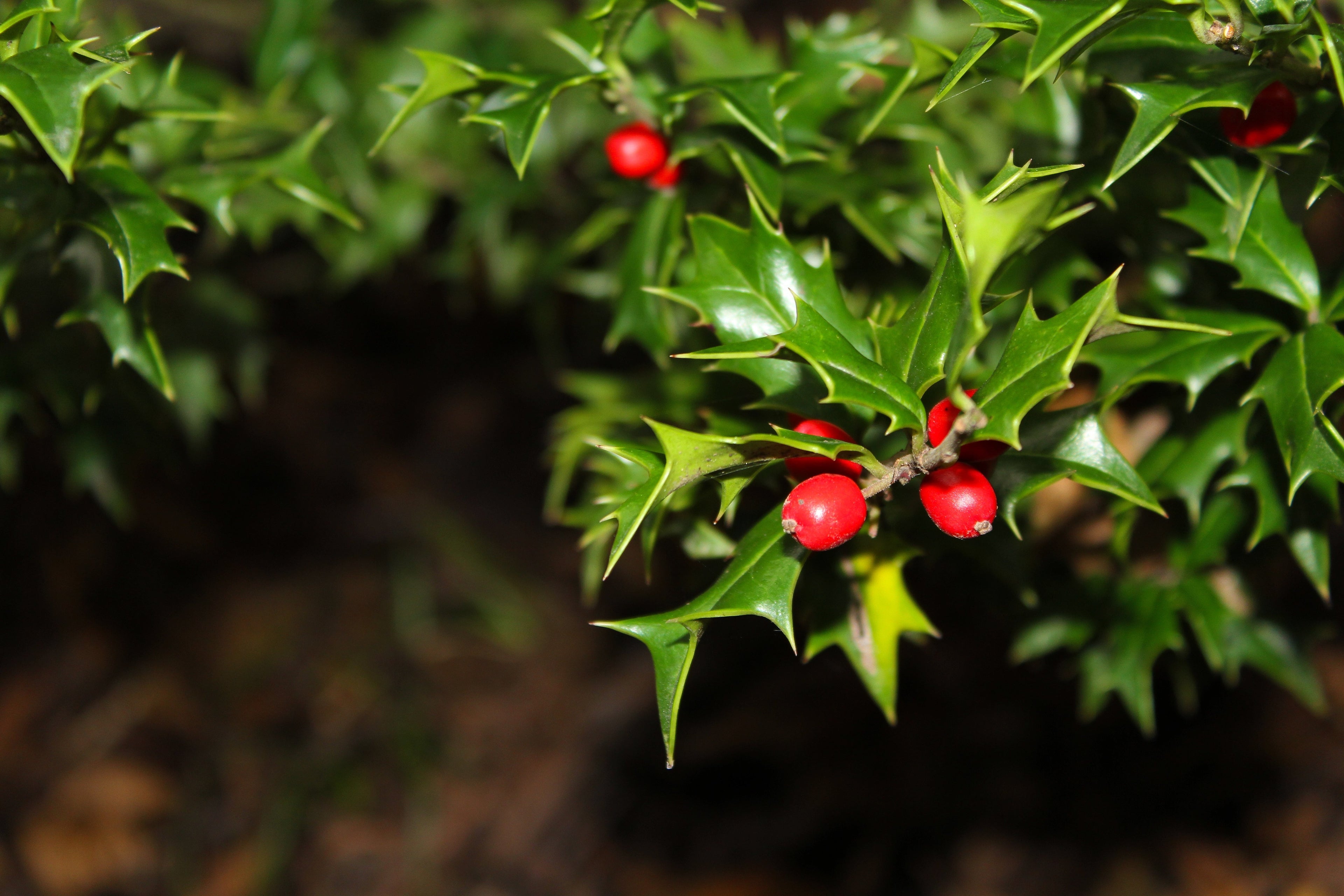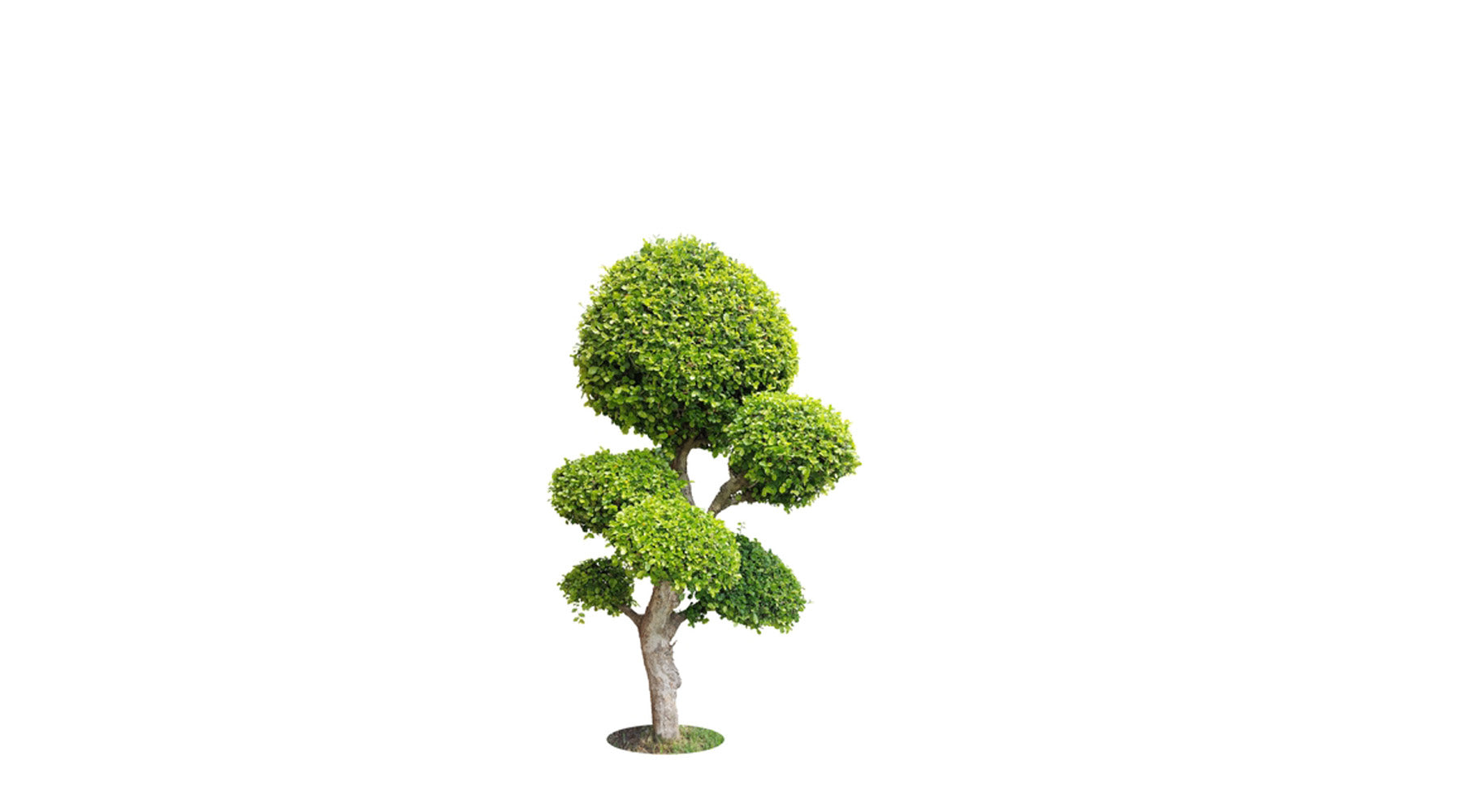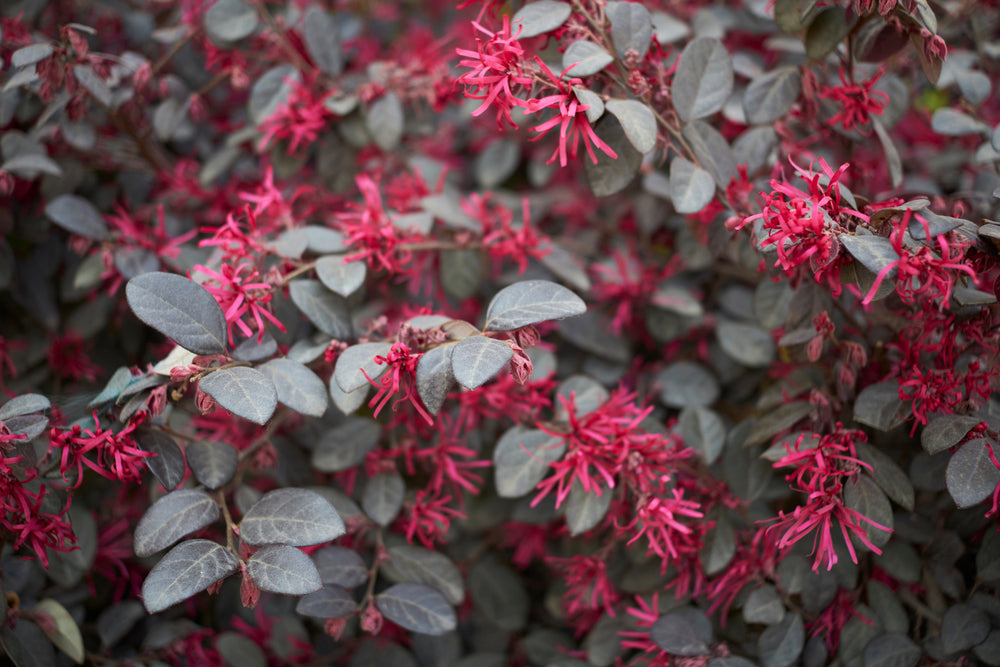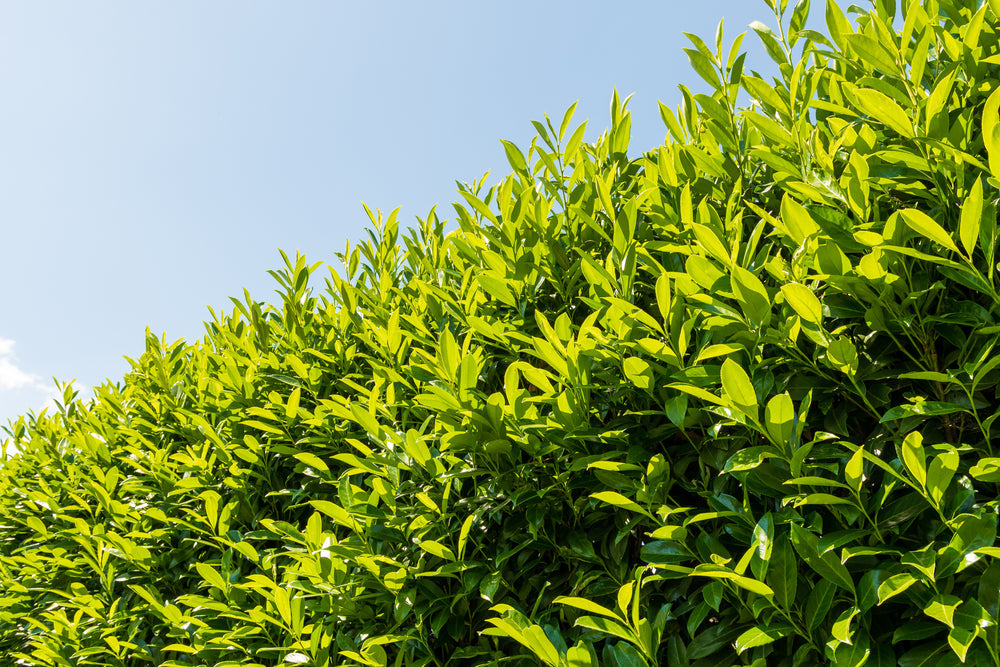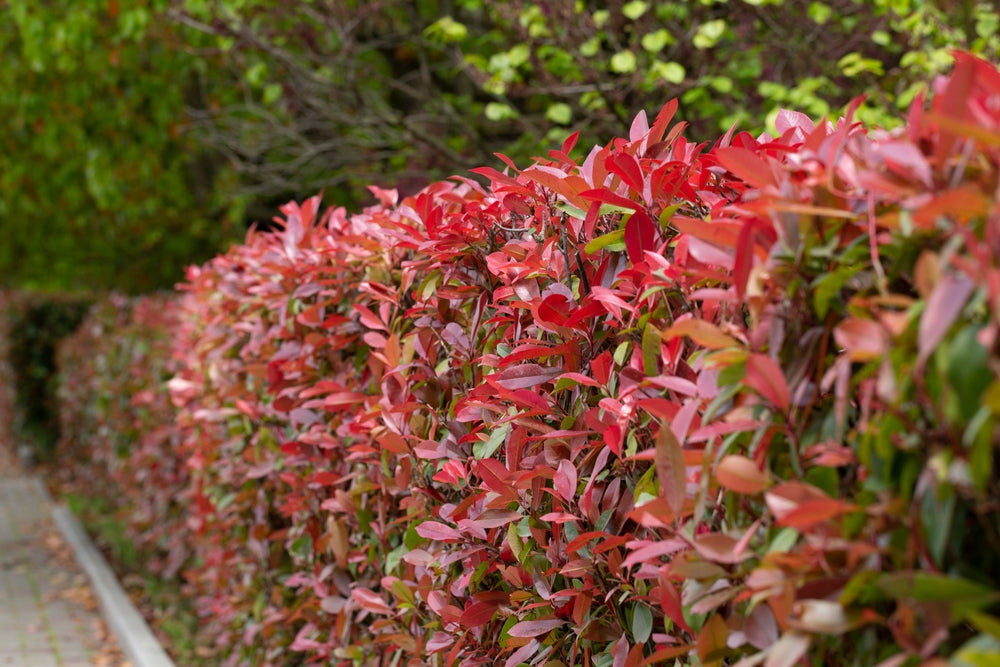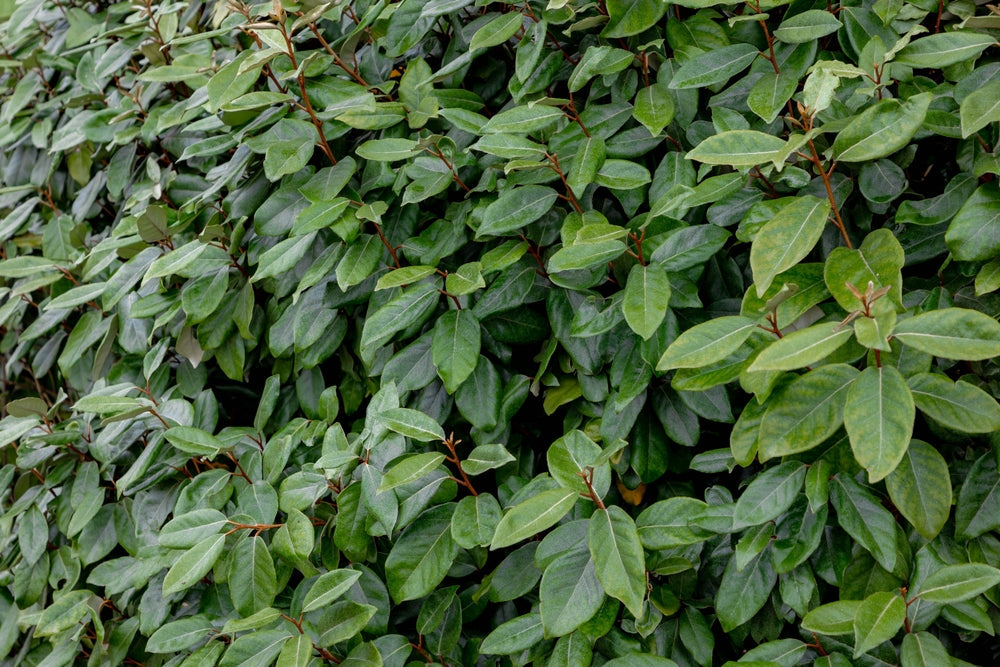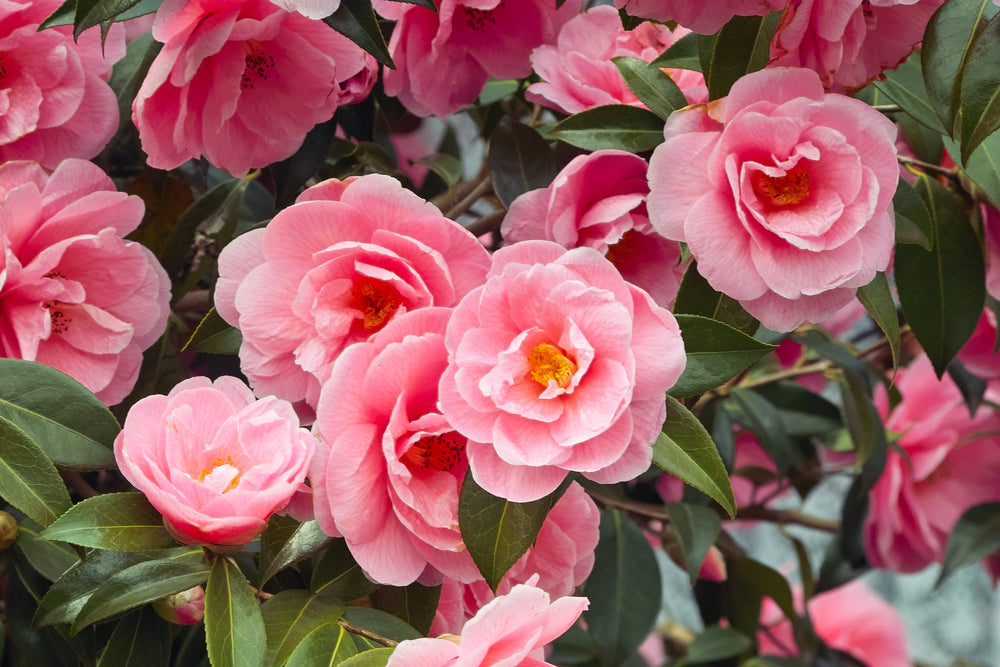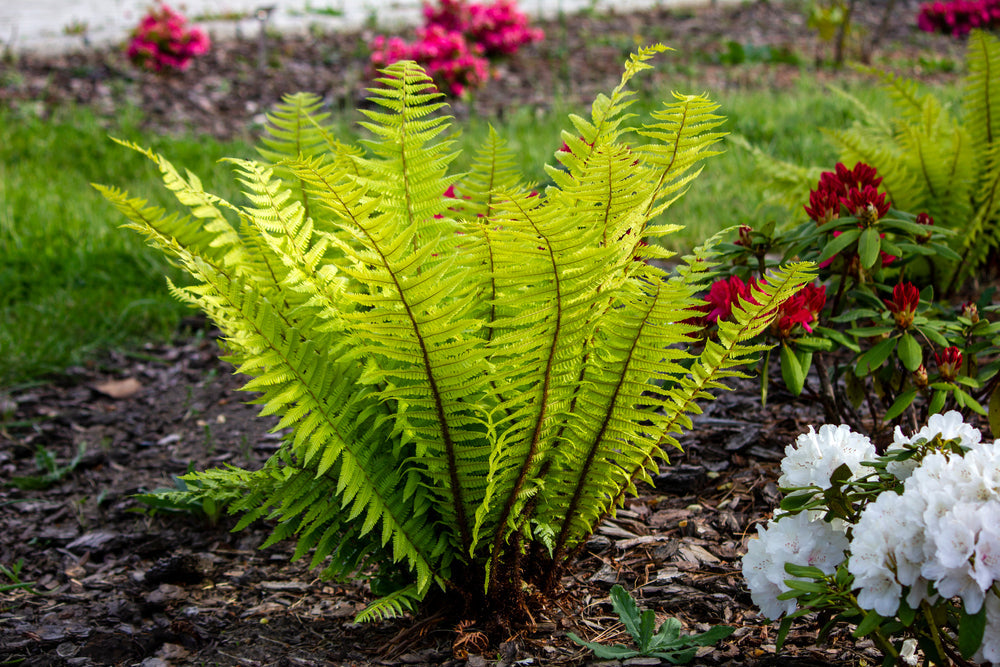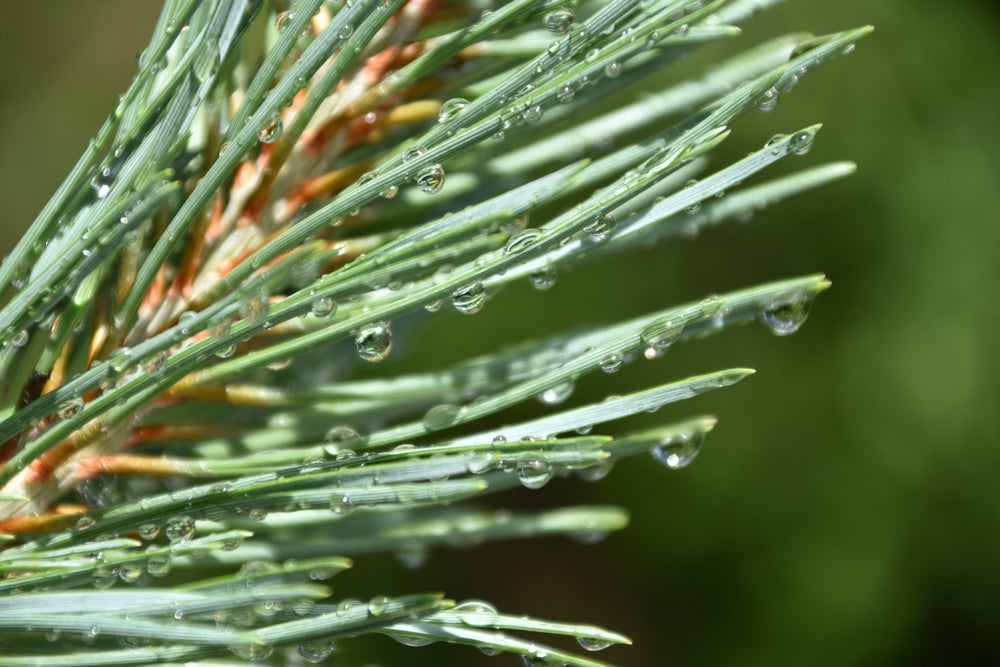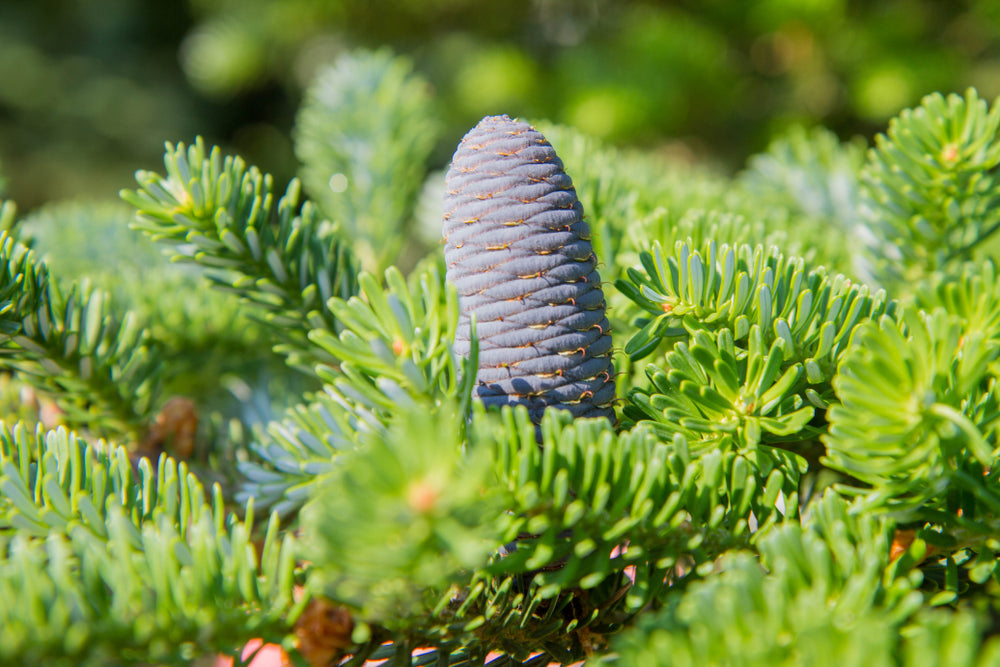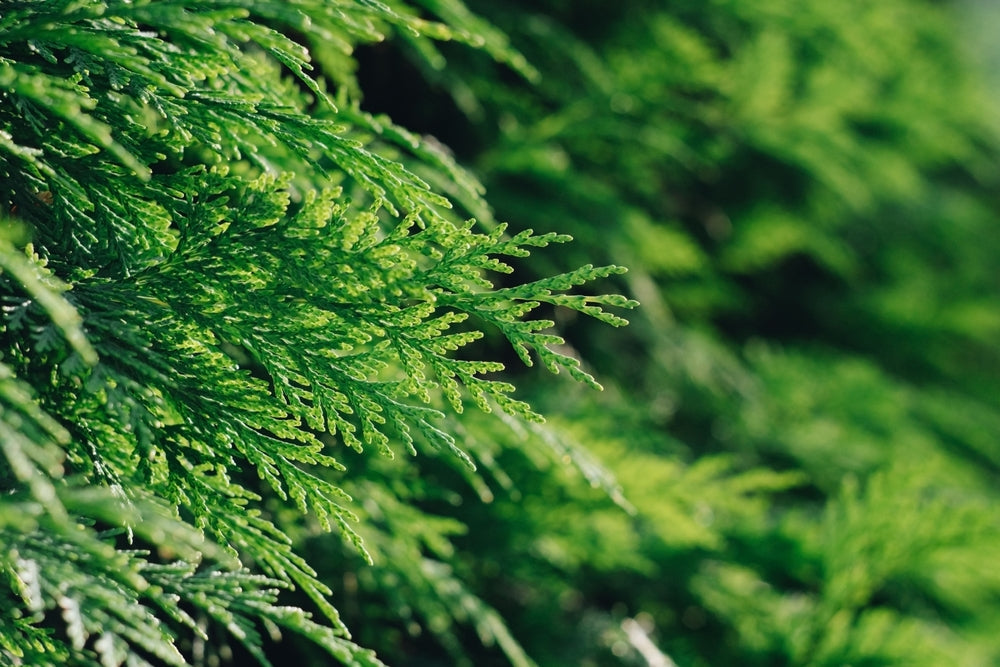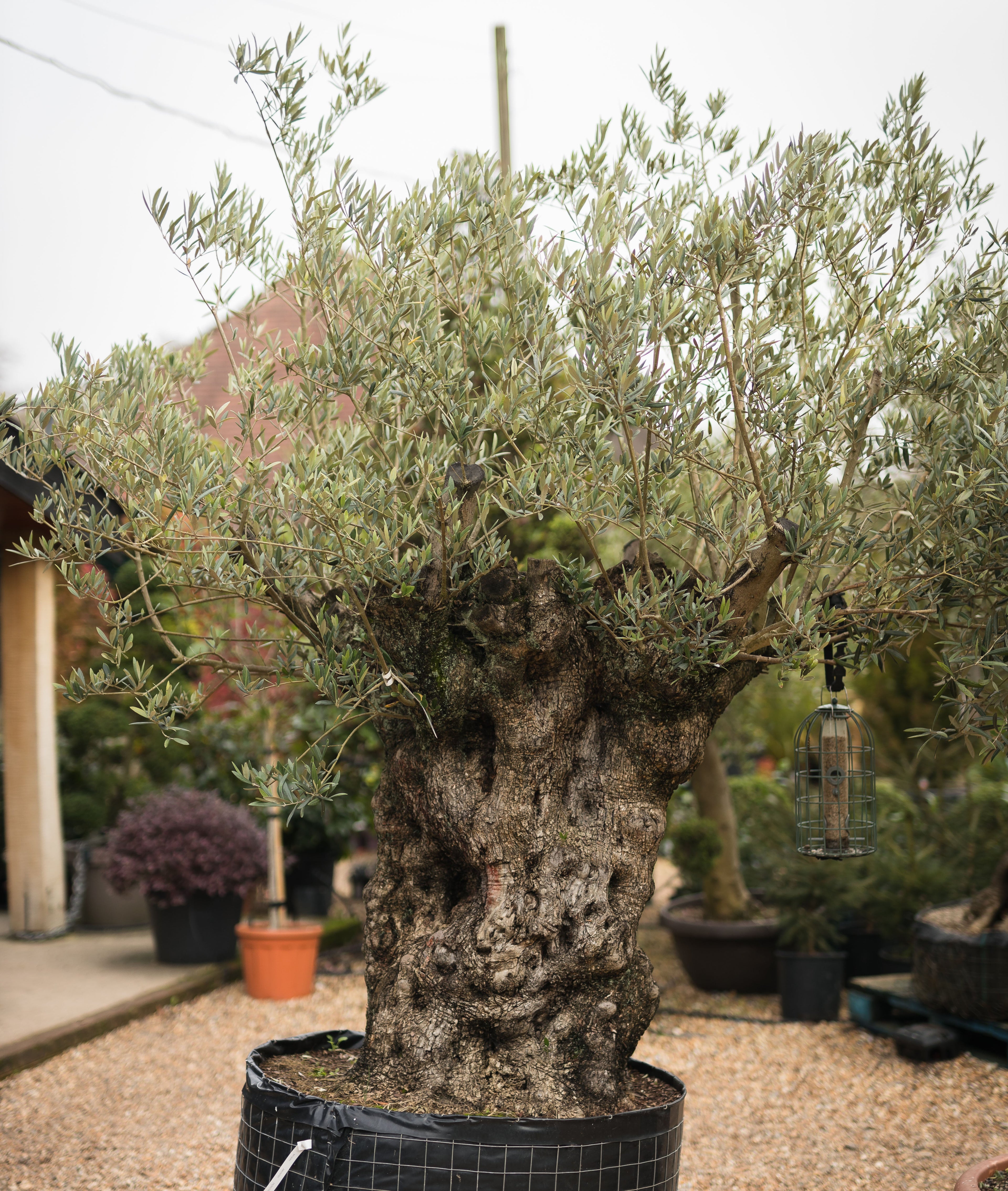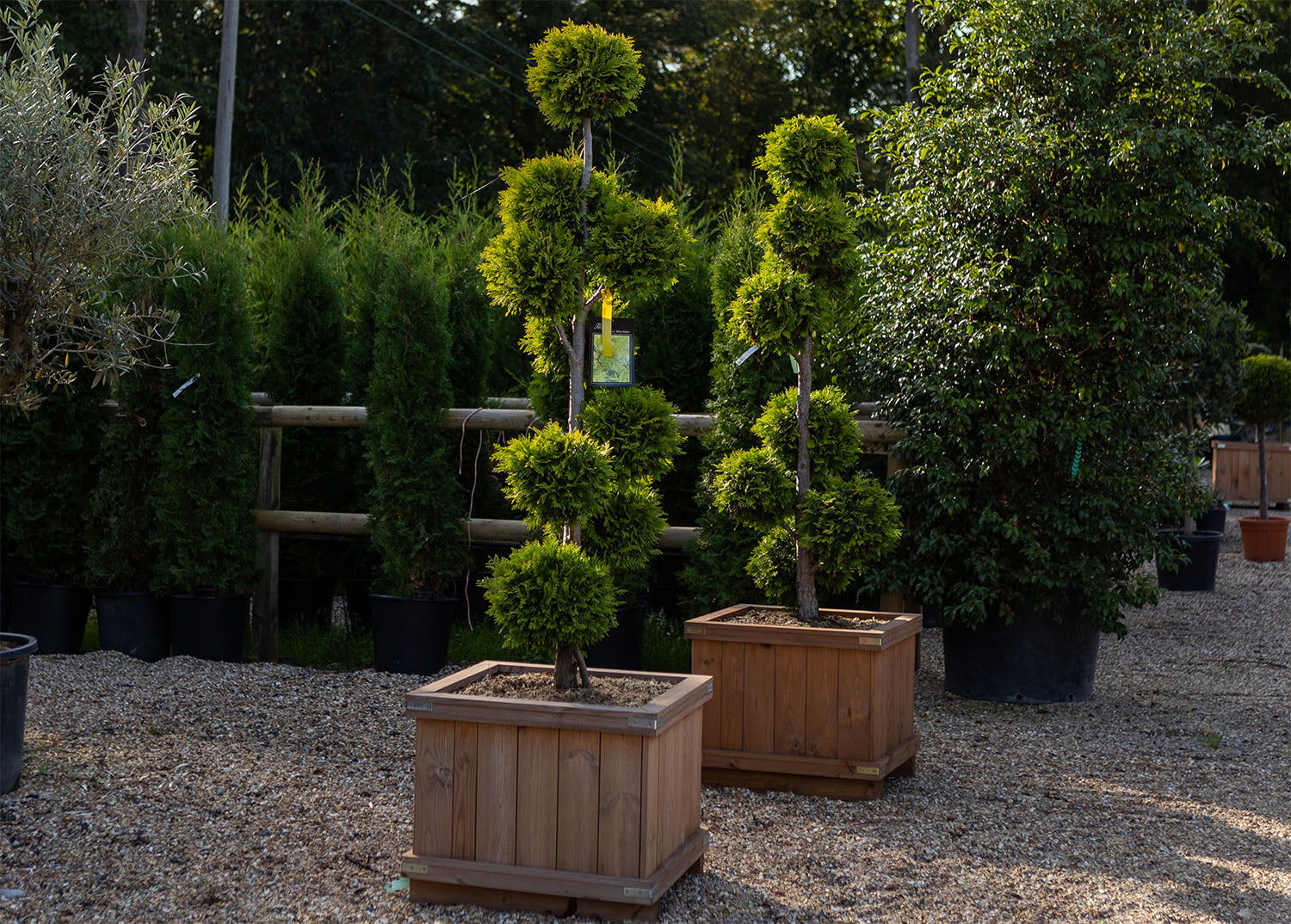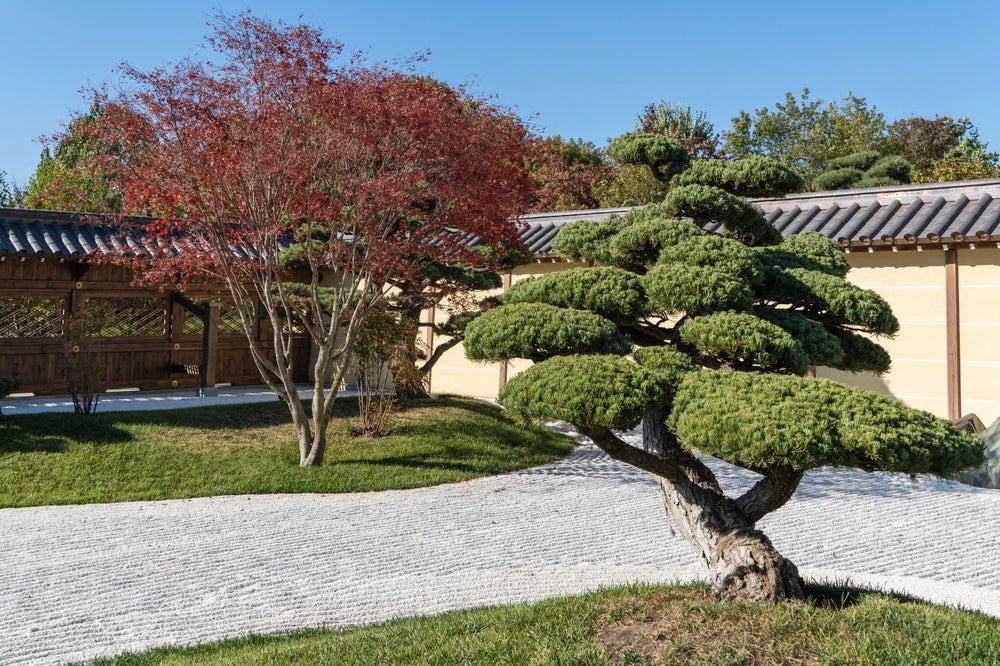
A Complete Guide to Pruning Hawthorn Trees
Regular and proper pruning is a way to keep your hawthorn trees healthy and attractive. With a bit of routine care, your plants will grow vigorously but still be neat and manageable. This simple and practical guide explains why, when, and how to prune hawthorn trees to keep them healthy and beautiful.
Key points to keep in mind:
- Do not prune until the plant is well-established
- Shape and structure the plant while it is still young
- Prune every 3-5 years during the dormant period
- Prune hawthorn trees lightly
Why Prune a Hawthorn Tree?
Pruning is an essential part of caring for any tree and hawthorns are no exception. While they tend to develop a strong structure naturally, regular pruning offers many benefits for the tree’s health and appearance. Here is why pruning is important:
- To improve overall health: Removing dead, diseased, and damaged branches allows the tree to focus its energy on healthy growth.
- To maintain the shape: Pruning keeps the tree or hedge neat, good-looking, and visually pleasing.
- To encourage new growth: Cutting back branches stimulates fresh growth which leads to a fuller, more vibrant tree.
- To enhance flowering and fruit production: Pruning also helps the tree direct its resources toward producing more flowers and fruit.
- To improve air and light circulation: Thinning the canopy allows sunlight and air to reach deeper into the tree which reduces moisture build-up.
- To lower the risk of pests and fungal infections: Overcrowded branches can create shaded and damp areas which are ideal for pests and diseases.
When to Prune Hawthorn Trees?
The best time for maintenance pruning of hawthorn trees is late winter or early spring.
After planting a hawthorn tree, let it grow naturally for a while before you prune it for the first time, usually until it reaches 1.5 - 2m in height. If you start pruning too early, you may slow down the tree’s growth. That’s why it’s best to wait and let the tree establish itself first.
Once your hawthorn tree is established, you can start shaping it by removing crossing or crowded branches, suckers, and water sprouts. If you want a well-trained tree, you need to create a single leader with branches growing outward. To achieve this, lower branches should be gradually removed over several years. Taking off just a few each year helps prevent stressing the tree too much.
Mature trees only need pruning every 3 to 5 years. You should still remove water sprouts, suckers, damaged and diseased branches annually. Since hawthorn trees naturally form a sturdy structure, they don’t need much pruning.
So when is the best time to prune a hawthorn tree? The best time for trimming hawthorn trees is in winter or early spring while the tree is still dormant. That prevents sap bleed, which can lead to disease or infection. You can also do some light shaping after flowering in late spring if needed.
How to Prune Hawthorn Trees?
To properly prune your hawthorn tree, follow these steps:
- Remove dead, diseased, or damaged branches: This will ensure your tree stays healthy and strong. Cut close to the branch collar – where the branch meets the trunk. Avoid cutting flush with the trunk, as this can damage the tree.
- Thin the canopy: By cutting back overcrowded branches, you will improve light and air circulation throughout the tree and reduce the risk of disease and fungal infection.
- Cut lower branches: These branches need to be cut to maintain a strong, single trunk and a well-structured tree shape.
- Maintain shape and size: Keep the tree looking neat and attractive by trimming back branches. This will also encourage new growth. Make all cuts just above a lateral twig or bud that faces the direction you want the branch to grow.
Care to Take When Pruning a Hawthorn Tree or Hedge
Pruning hawthorn trees can be challenging because of their large thorns. Therefore, you must prepare protective clothing, sturdy gloves, and safety goggles. Pruning saws, loppers, and secateurs must be sharp and clean. You need to make clean cuts to reduce damage and minimise the risk of infection.
It's also important to disinfect your tools between cuts, especially if you spot any diseased branches. You wouldn’t want to spread the disease throughout the tree or hedge. Also, remember not to over-prune and cause too much stress to the plant.
Share




















